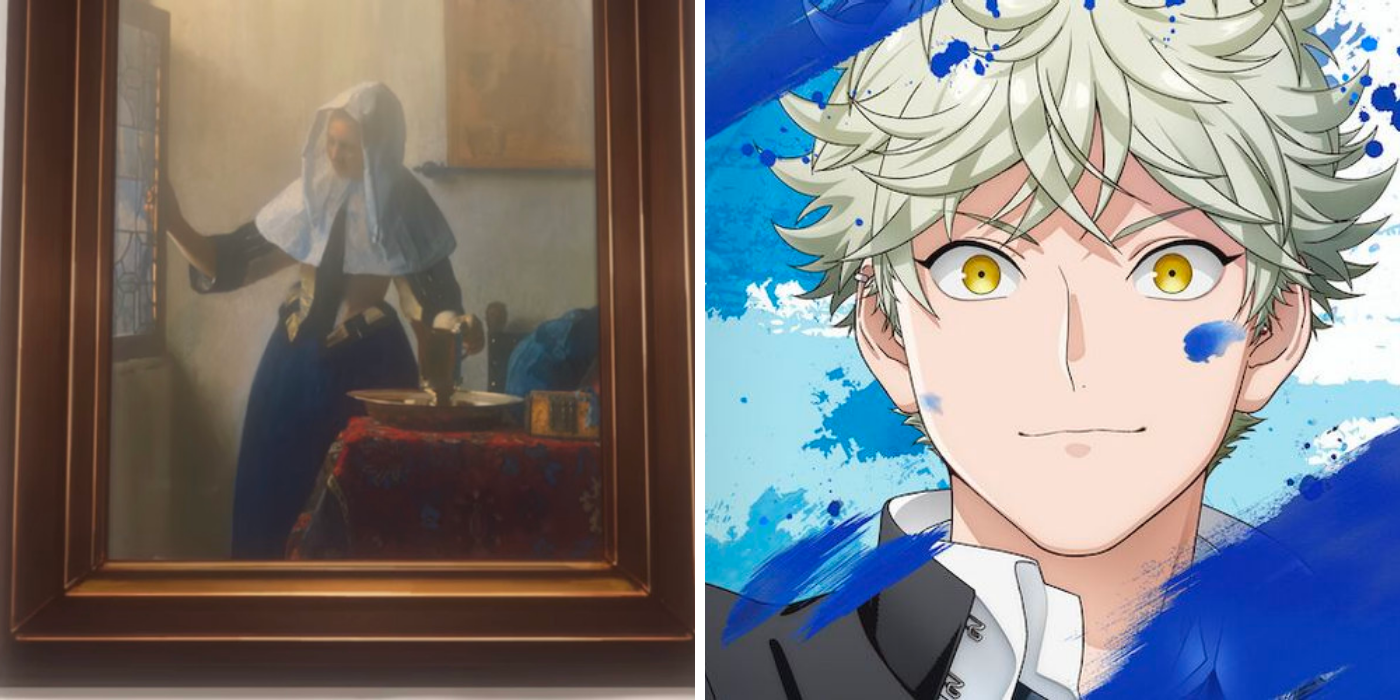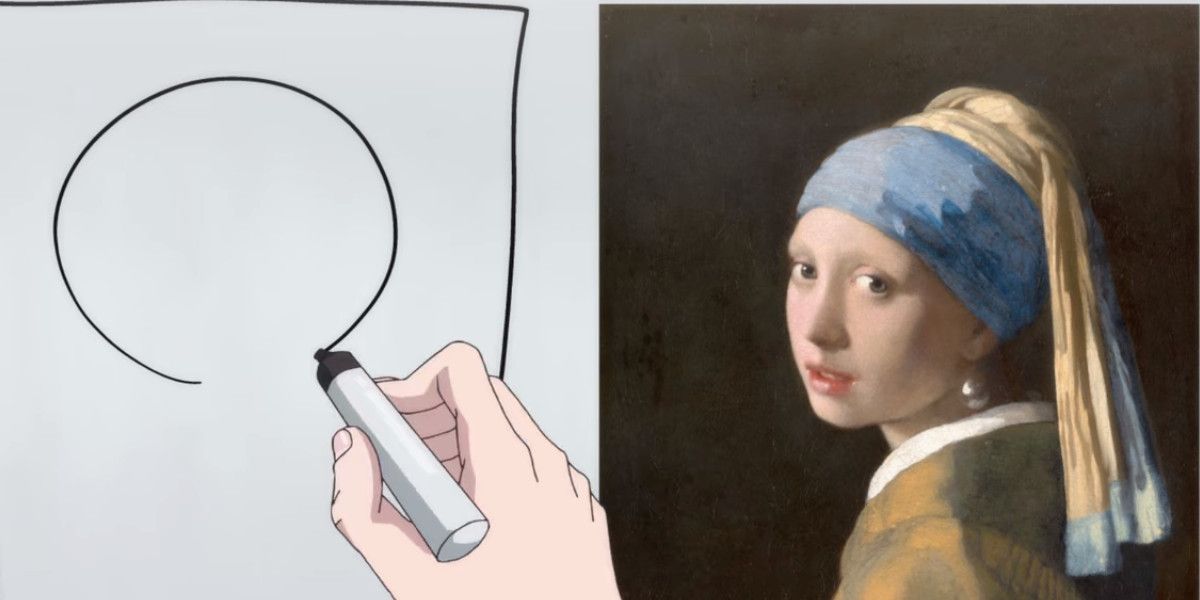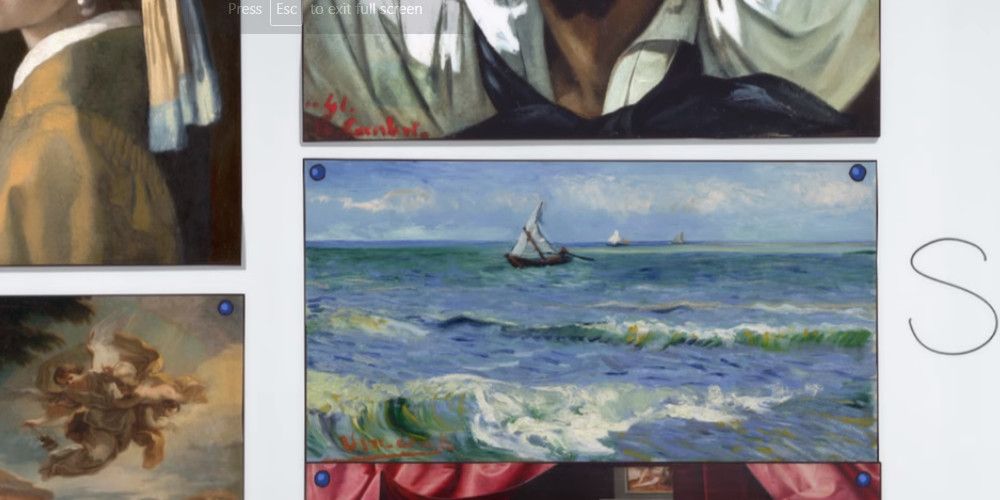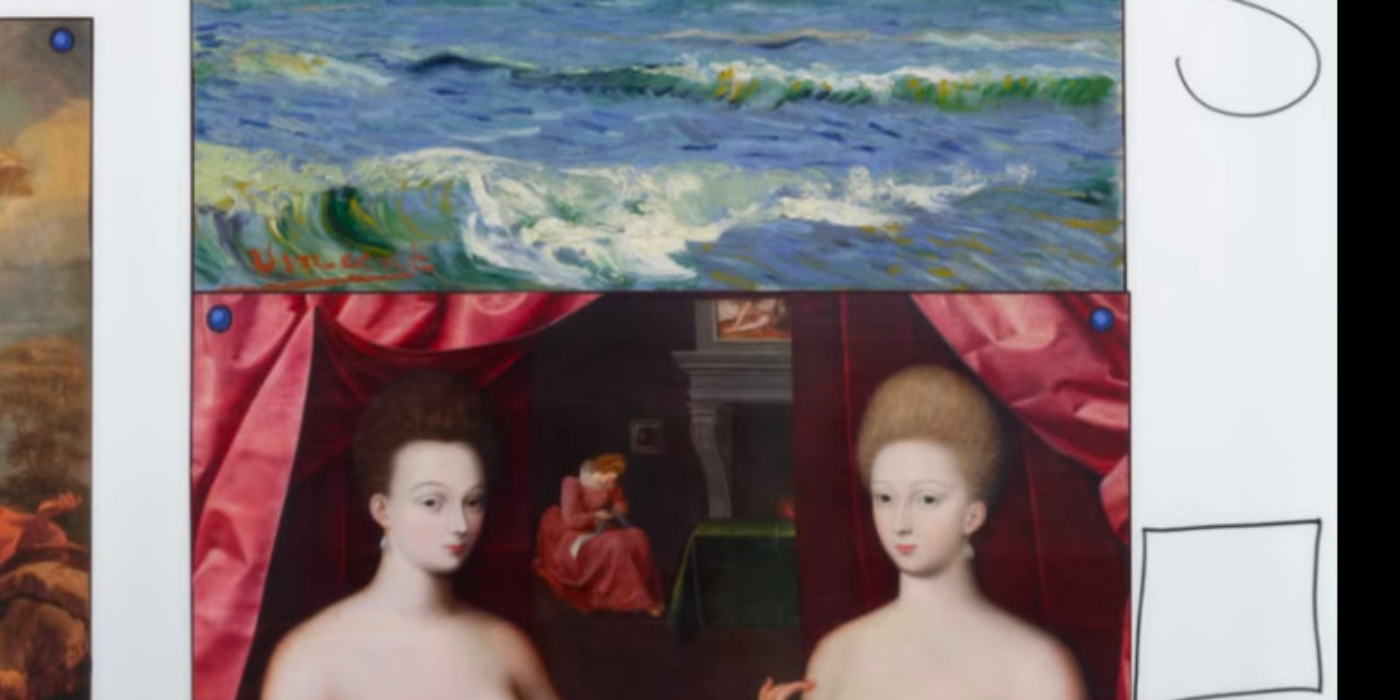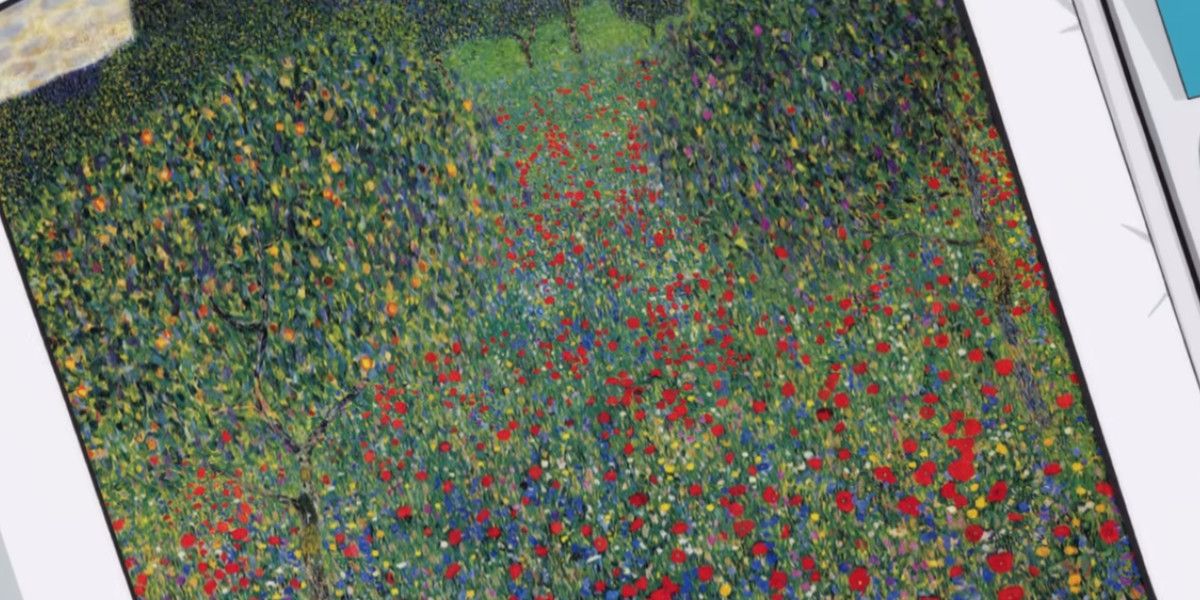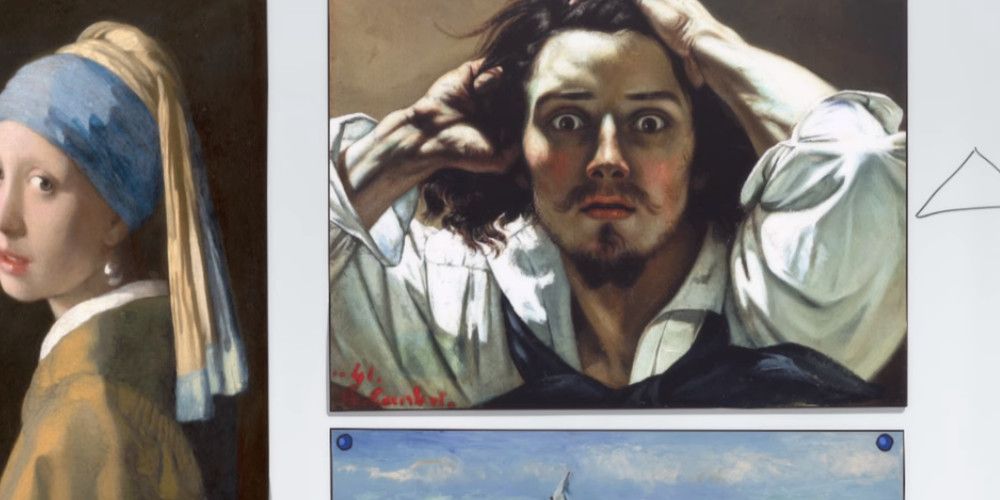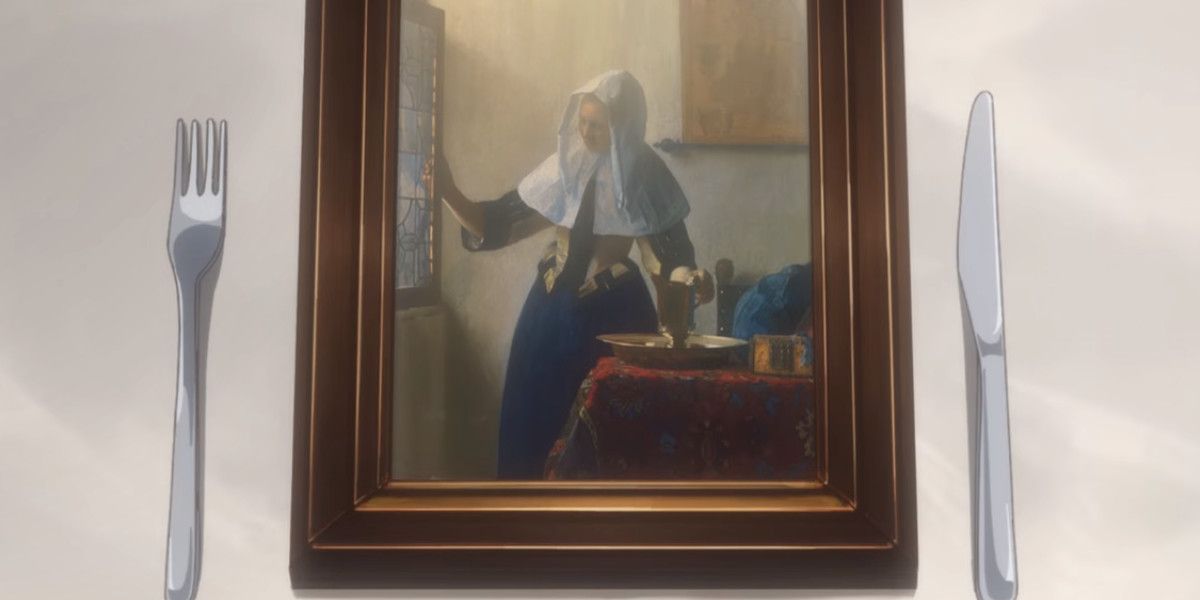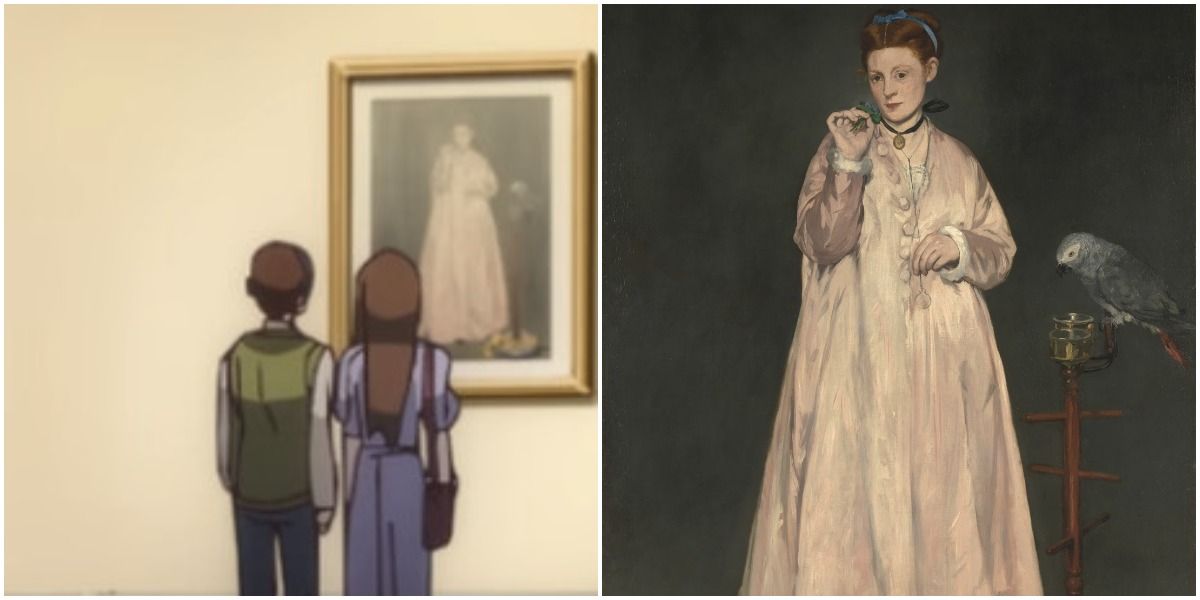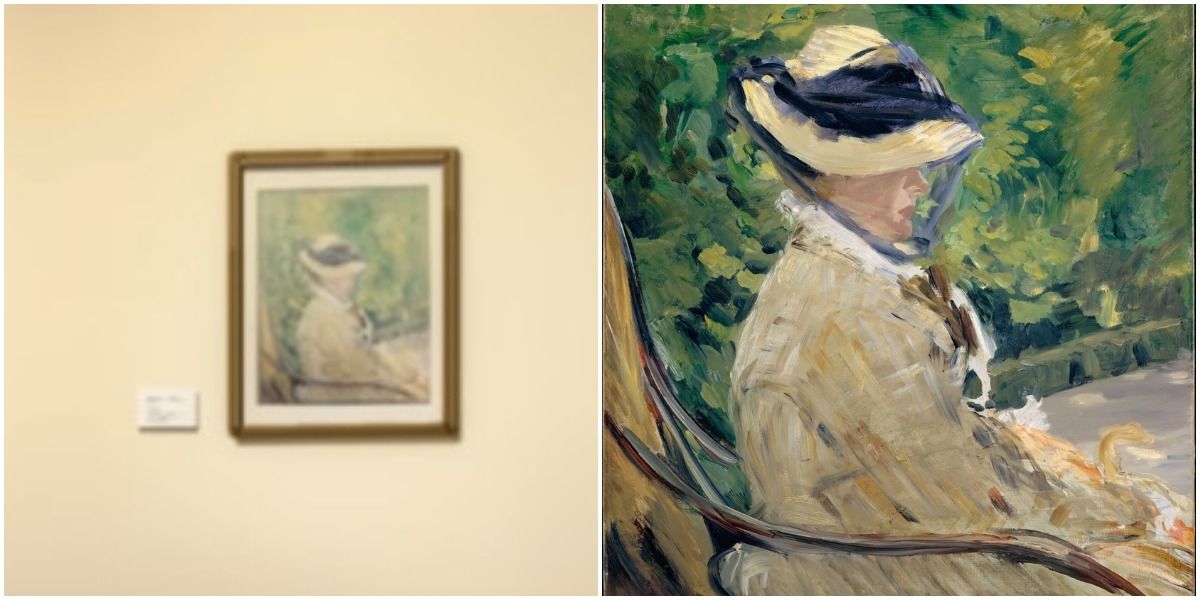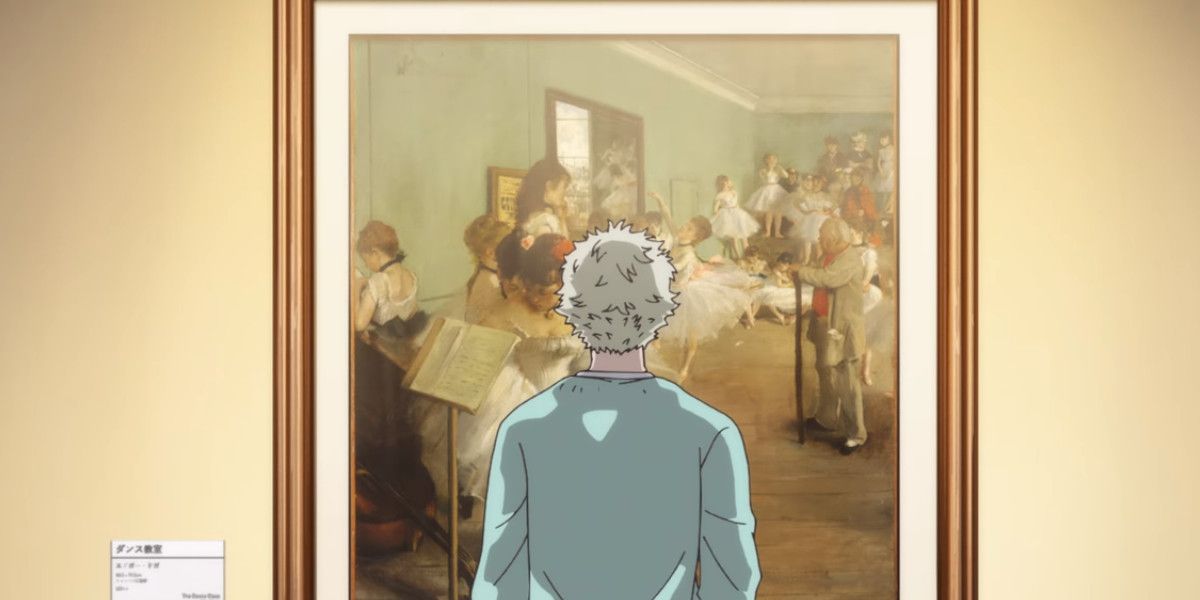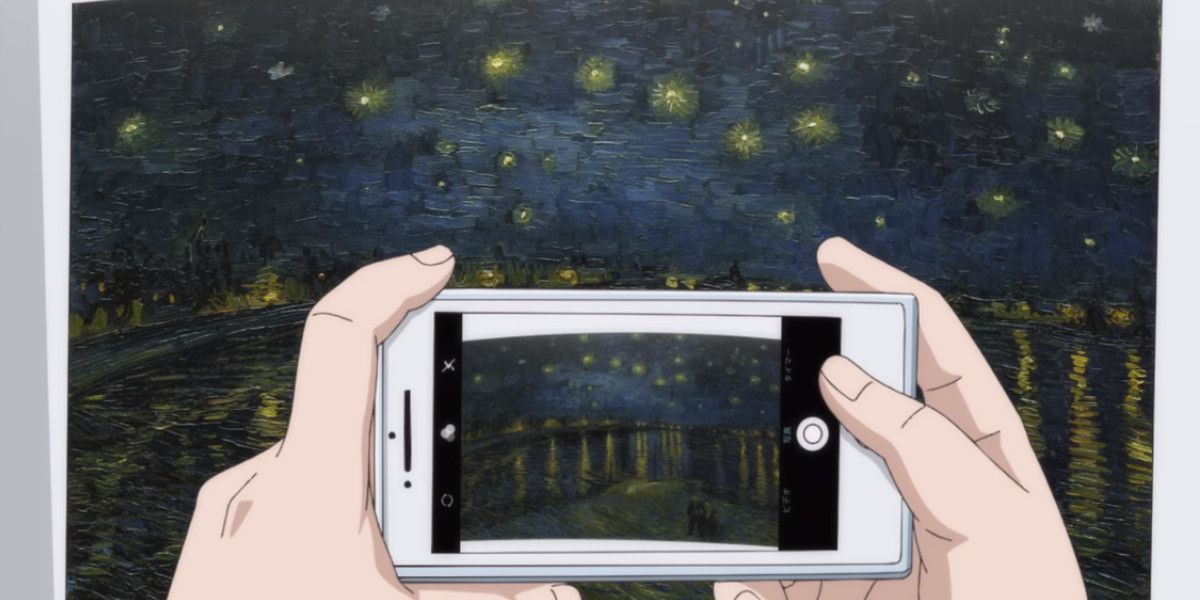Currently airing on Netflix, Blue Period is the long-awaited adaptation of one of the most critically acclaimed manga of the last few years. It follows the aimless teenager Yatora as he discovers a passion for art, and the long, difficult journey he embarks on to get a scholarship to art school.
Along the way, viewers will be treated to a cavalcade of beautiful paintings produced by Yatora and his classmates. All artists learn from imitation, and the series features famous paintings from the real world.
10 Girl With A Pearl Earring (Johannes Vermeer, 1665)
This painting by Johannes Vermeer is used by Yatora's prep school teacher, Oda, as an example of a masterpiece with a clear composition, and it's not hard to see why: its simple, iconic image has cemented it as a recognizable painting in the art world.
It even stands out from Vermeer's other works, with the plain dark background contrasting with his usual scenes of realistically cluttered domestic life. What really pulls viewers into the painting, though, is the expression on the girl's face: an enigmatic face like that of the Mona Lisa.
9 Seascape Near Les Saintes-Maries-de-la-Mer (Vincent Van Gogh, 1888)
This seascape isn't one of Van Gogh's most famous works, but it still shows his unfailingly brilliant use of color and movement. Like all great seascapes, the waves seem to have been captured in a moment and yet still be about to crash down again.
Van Gogh wrote to his brother about how difficult it was to capture the sea's exact color, noting that it changed with every movement of the light. Blues, greens, yellows, and purplish tones can all be seen in this painting.
8 Gabrielle d'Estrées & One Of Her Sisters (Unknown, c.1594)
Viewers might well have done a double-take when this painting appeared in Oda's explanation of composition. There is (supposedly) an innocent explanation, as the gesture would have been taken as an announcement of the woman's pregnancy.
It's a fascinating work that is both provocative and enigmatic, and so has survived even with the painter's name long lost.
7 Field Of Poppies (Gustav Klimt, 1907)
Gustav Klimt might be most famous for his works featuring human figures, such as The Kiss, but his landscapes—like this one, which Yatora is instructed to make a replica of in order to practice composition—are still immediately recognizable as his work, thanks to their incredibly vivid use of color; looking at this painting really does feel like peeking into a fantasy world.
This immersion is emphasized by the way the composition leads the eye into the dream-like landscape, which, as Yatora learns, is an extremely powerful effect.
6 The Desperate Man (Gustave Courbet, 1843-45)
Gustave Courbet is notable for his focus on realism, with many of his most famous paintings featuring scenes of peasants and laborers working in the countryside—so this close-up self-portrait, with Courbet himself looking wild-eyed at the viewer, stands out as an amazing testament to the force of an artist's personality.
It's so applicable to the series, in fact, that a recreation of it featuring Yatora appeared as one of the manga's chapter cover pages. The desperation to make good art is, it seems, something that transcends time periods, styles, and the barrier between fiction and reality.
5 Young Woman With A Pitcher Of Water (Johannes Vermeer, 1662-65)
The audience gets a good look at this painting in Episode 3, as it's the example Hashida uses when he goes into detail on his opinion of art as 'uneatable food.' Even so, it would be easy to mistake it for one of Vermeer's most famous works, The Milkmaid. Both paintings feature a woman dressed in blue, with a jug, beneath a window in a domestic space.
This repetition of theme shouldn't be taken as a negative, though—instead, it shows how dedicated Vermeer was to perfecting a particular kind of atmosphere.
4 A Young Lady In 1866 (Édouard Manet, 1866)
The really wonderful thing about this painting, which appears in the background in Episode 3, is that it combines a masterful portrait with elements of still life—the seemingly incongruous peeled orange on the floor being one of the genre's calling cards. Manet is clearly keen to show off everything he can do.
And, yes, this is Manet, despite lacking his trademark boundary-pushing subject matter seen in works like The Luncheon on the Grass and Olympia, which challenged what nudes in art could be. It's still an extraordinary piece, though, and one that Yatora hopefully got a better look at than the viewers.
3 Madame Manet At Bellevue (Édouard Manet, 1880)
This is the second portrait by Manet that can be spotted in the background when Yatora and his classmates visit the art gallery, and it serves, alongside Manet's earlier A Young Lady, as a kind of microcosm of Manet's whole career, with the careful realism of the earlier work giving way to the few impressionistic brushstrokes of this painting.
But, whatever style he uses, Manet remains one of the best portrait artists ever. With just a handful of brushstrokes, he perfectly captures his wife's quiet poise.
2 The Dance Class (Edgar Degas, 1874)
This is the painting that really captures Yatora's attention and inspiration when he sees it in the museum with Hashida and Yotasuke, and it's not hard to see why. Out of all of his many works and subjects, it's Degas' ballet studies that are most admired. The frothy tutus and the elegant, expressive gestures of the dancers are perfectly suited to impressionism, but Degas is also able to make the cozy scene feel domestic and realistic.
Fun fact: the male figure is actually a famous ballet master, Jules Perrot.
1 Starry Night (Vincent Van Gogh, 1888)
No, not The Starry Night, that famous, swirling sky which almost every viewer will be familiar with; this similarly-titled painting was produced by Van Gogh several months before, and shows him discovering the color effects that he would use to such great effect later.
This piece captivates Yatora, who chooses it as a piece of art he likes that he has to examine in monochrome. He might be drawn to it because, with its blue palette and quiet, night-time atmosphere, it reminds him of the pre-dawn Shibuya that inspired his very first painting.

